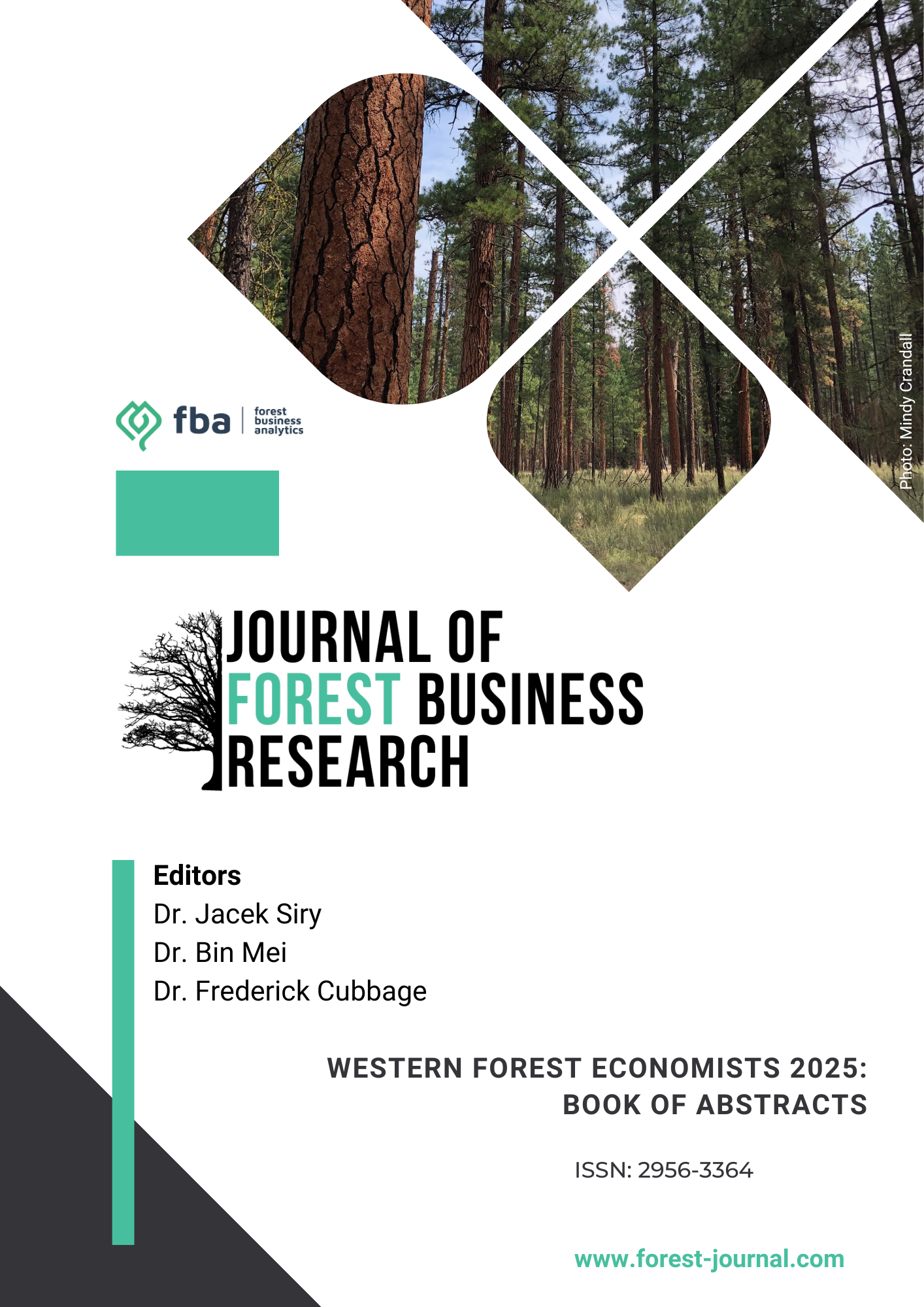Up in smoke: costs and constraints of pile burning in Western forests
Main Article Content
Keywords
carbon emissions, cost analysis, forest residues, pile burning, wildfire risk
Abstract
In the Western United States, pile burning of thinned residues is a critical tool to dispose of fuels and to reduce wildfire risk in overstocked, fire-prone forests. However, cost estimates of pile burning are limited. This study quantified the costs of cutting and yarding, piling, and burning residues via two pathways: the USDA Forest Service (USFS) Activity Tracking System (FACTS) database, and interviews with 11 USFS fire management professionals from California, Oregon, and Washington. The average costs of piling and burning machine piles as determined from the interviews were $735 ± $464 ac−1 ($1,817 ± $1,146 ha−1; all mean ± SD), 80% higher than reported in the FACTS database and 35% higher than previous reports. The average costs of piling and burning hand piles as determined from the interviews were $1,291 ± $717 ac−1 ($3,190 ± $1,722 ha−1), 135% higher than reported in the FACTS database. Interview participants reported proximity to roads and terrain as key cost drivers, and described common practices, challenges, and constraints to pile burning. Simulations of direct emissions from pile burning on National Forests included in this study indicated annual emissions of >1.7 million MT CO2. Given the economic, human health, and climate implications of current pile burning practices, removing residues as feedstocks for carbon-negative utilizations is recommended as a near-term priority. Policy mechanisms, such as feedstock production, transport, or offtake subsidies of a similar magnitude to such avoided costs, could efficiently incentivize residue removal and support such climate-positive utilizations.






